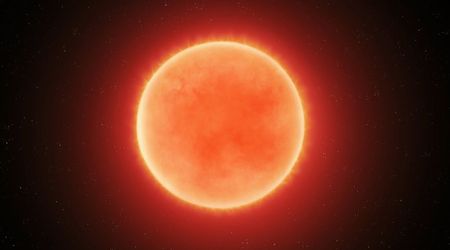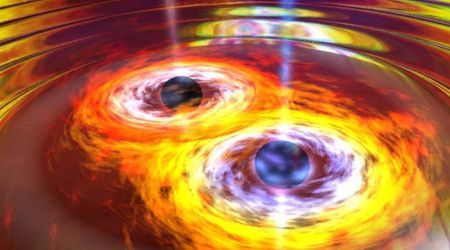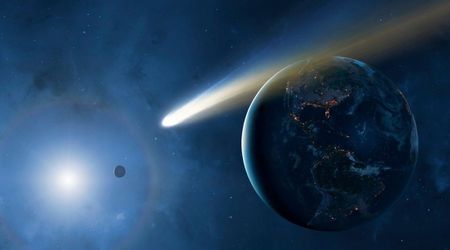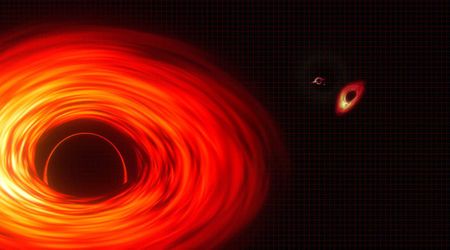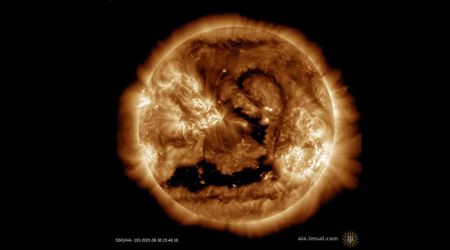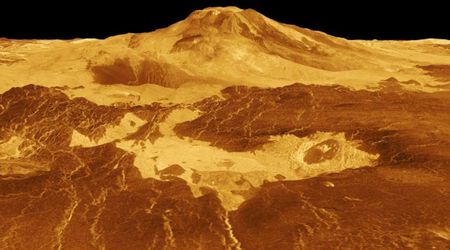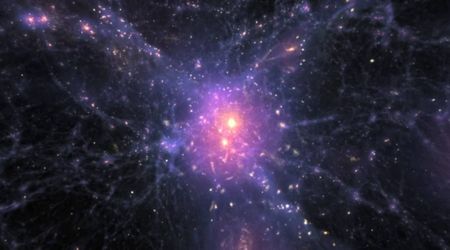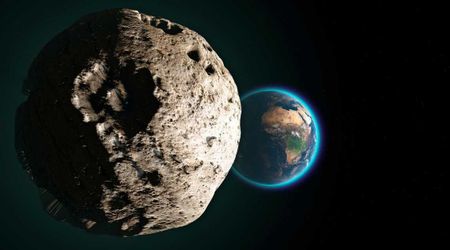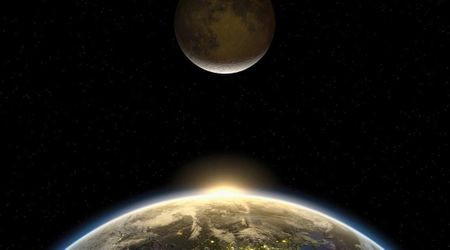What is the coldest place in the universe?


The average temperature in space is -270 degrees Celsius / - 455 degrees Fahrenheit, or 2.7 Kelvins. It is the temperature of the cosmic microwave background (CMB) left over by the theoretical Big Bang event. This is extremely cold, considering that the coldest place on our planet is the Eastern Antarctic Plateau at - 94 degrees Celsius / - 137.2 degrees Fahrenheit, yet there are places in the Universe that are even colder.
Deep in the depths of space, there is a place where the temperature plunges to unimaginable lows. This frigid realm, known as the Boomerang Nebula, is the coldest known place in the universe, with temperatures reaching as low as -458 degrees Fahrenheit.
Despite its extreme conditions, the Boomerang Nebula is a swirling mass of gas and dust, a turbulent region where new stars are being born. It is a place of extremes, where the forces of nature come together in one of the most inhospitable environments in the known universe.
In this article, we will explore the mysteries of this unique and fascinating place and discover why the Boomerang Nebula is truly out of this world.

The Cosmic Background is responsible for the baseline temperature of outer space. Credit: European Space Agency, Planck Collaboration
Meet The Boomerang Nebula
As observations in space continue, astronomers always find something new and exciting. Currently, the Boomerang Nebula is the coldest place in the Universe ever detected. This nebula is over 5,000 light-years away from us and is situated in the constellation of Centaurus. Scientists estimate that the average temperatures here are at - 272.15 degrees Celsius / -458.87 degrees Fahrenheit, or one Kelvin
This is actually very close to absolute zero, the lowest limit of thermodynamic temperature, which is established at -273.15 degrees Celsius / -459.67 degrees Fahrenheit. The Boomerang Nebula is the result of a red giant dying star.
This reflecting cloud of dust and ionized dust was formed as its star began losing its outer layers at an unprecedented rate. We know this star is losing mass about 100 times faster than other similarly rated stars and over 100 billion times faster than our Sun.
Since the star is losing its mass so quickly, it also blasts away any and all of its heat energy at a rate of 101 miles / 164 kilometers per second. The way this star reached such low temperatures proves there need to be some special conditions to do so. Some regions of the nebula are starting to get warmer. However, the closer you move toward its center, the colder it gets.
The force of its rapidly expanding gases is the reason why this nebula is so cold. However, in time, the Boomerang Nebula will warm up and lose its title as the coldest area in the Universe.
Discovery of the Boomerang Nebula
The Boomerang Nebula has one light year in radius, and it is also known as the Bow Tie Nebula. It was discovered in 1980 and cataloged as LEDA 3074547. Astronomers Keith Taylor and Mike Scarrott discovered the nebula and gave it its iconic nickname.
They discovered the nebula using the Anglo-Australian telescope located at the Siding Spring Observatory. However, they couldn't view it with good clarity, but they noted that its curved shape resembled a boomerang.
Later, the nebula was also observed in greater detail by the Hubble Space Telescope in 1998. The nebula's first images revealed that it had a more hourglass shape than a boomerang.
When the Boomerang Nebula was observed and analyzed in 1995 through the use of the Swedish-ESO Submillimetre Telescope in Chile, the team of astronomers was shocked to discover that the celestial object was at a temperature of - 272.15 degrees Celsius / -458.87 degrees Fahrenheit.
This implied that the nebula was even colder than the background radiation from the Big Bang, and it was the coldest naturally occurring object ever discovered. Further observations and analysis confirmed this. Even in 2022, more than 40 years after its discovery, the Bloomerang Nebula remains the coldest object ever discovered in space.
Other Cold Places in Space
Extreme temperatures are quite common in space, and you wouldn't have to venture 5,000 light-years to reach the coldest region ever recorded. In fact, if you were to go to the Moon at nighttime, you would experience temperatures of about -130 degrees Celsius / -208 degrees Fahrenheit, and the Moon's poles are even colder!
However, the Moon doesn't have the coldest temperature in our Solar System. Instead, the gas giant Uranus holds that title. The average temperature on Uranus is -224 degrees Celcius / -371 degrees Fahrenheit, which is slightly better than Neptune, the farthest planet from the Sun. Even though the dwarf planet Pluto moves farther away from our Sun, the coldest temperatures there reach -223 degrees Celcius / -369 degrees Fahrenheit.
Uranus outranks Pluto in the coldest temperatures even though it is closer to the Sun. This is because Uranus somehow lost its primordial heat, which all planets still have since their formation. Many scientists speculate that this occurred due to a large impact on another planet, possibly Mars-sized.
This is also supported by the fact that Uranus has the weirdest rotation in the solar system. The gas giant basically rotates on its side, having its poles located in the orbital plane.
If you were to venture off into space and head towards the asteroid belt, you wouldn't find it as cold as these previously mentioned areas. The asteroid belt has an average temperature of -73 to -108 degrees Celsius / -99 to -162 degrees Fahrenheit. It all depends on how far away you are from the Sun.

Even Neptune, the farthest planet in the solar system is not the coldest place in the solar system.
Why is Space So Cold?
Since there is no air or water in space, the only way to lose heat is through radiation. Nothing in space can cool off through convection or thermal conduction, so when something cools down, it emits infrared light. If you were in space, you would radiate energy around you, and as you lose it, you will grow colder and colder.
The reason why space is cold is simply that it is enormous and mostly empty. On Earth, our atmosphere evens out temperatures as it gets mixed and prevents extreme variations from occurring. However, in space, you could find celestial objects without an atmosphere or with a weak atmosphere to be half hot and half cold. Take, for example, the planet Upsilon Andromeda b. This gas giant has half of its surface hotter than lava, while the other is frozen.
Apart from the atmosphere, stars also play a massive role when it comes to heat. Take a look at Mercury, for example. This planet reaches scorching 430 degrees Celsius / 800 degrees Fahrenheit during the day. During the nighttime, Mercury can cool down to -180 degrees Celsius / -290 degrees Fahrenheit, even tho it is the closest planet to the Sun. This is because the planet's atmosphere is almost non-existent and cannot retain heat.
